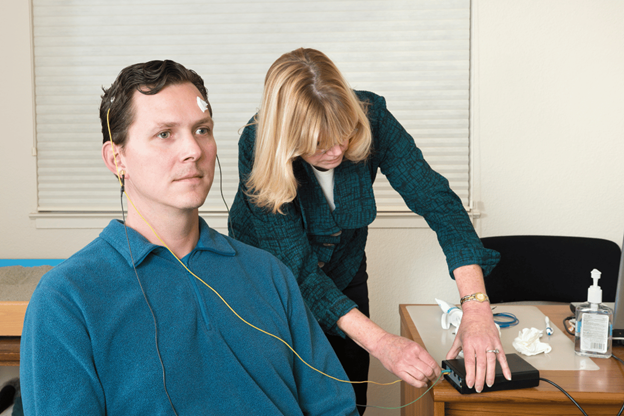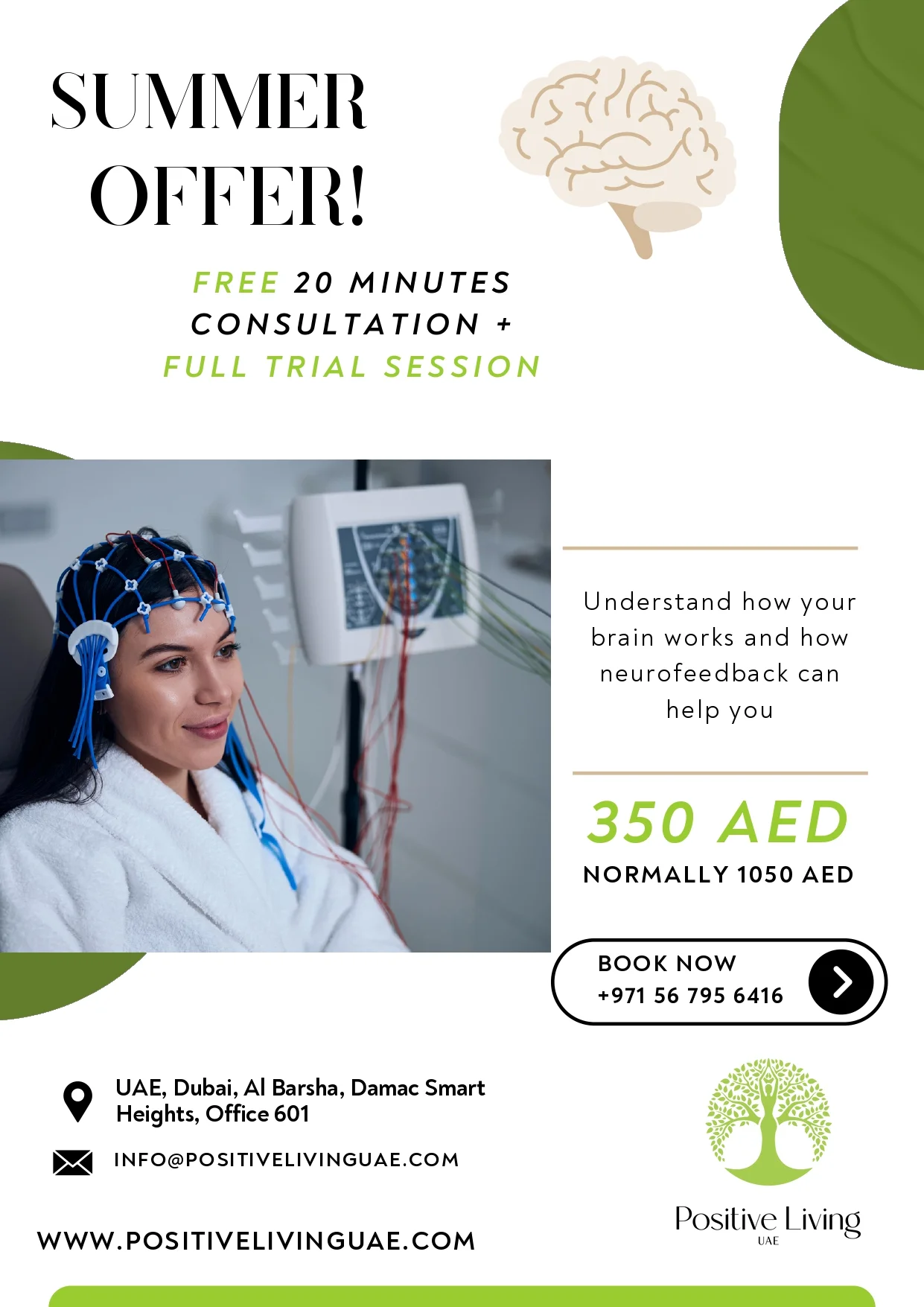Neurofeedback for Anxiety and Depression
Anxiety and depression affect millions of people across the globe, yet most conventional treatments have proven unsuccessful in providing complete relief for these conditions.
Neurofeedback has emerged as a promising therapeutic intervention in managing both of these conditions because it is a non-invasive brain training technique that allows individuals to regulate their brain activity and improve mental health pathways without any side effects of medication.

Understanding Neurofeedback
Neurofeedback is a specific type of biofeedback that deals with brain waves. During the session, sensors placed on the patient’s scalp read the electrical activities occurring in the brain, with that information projected on a screen.
Clients are encouraged to alter the patterns of their brain waves in response to visual or auditory feedback, thereby training their brains toward healthier functioning.
How Does Neurofeedback Address Anxiety?
Excessive high-frequency brain waves associated with hyperarousal and worry characterize those suffering from anxiety. A study published in 2021 shows that patients who received neurofeedback training have reduced symptoms of anxiety when compared with control groups.
Among the best of these is a protocol that works by teaching individuals to consciously influence their brain wave patterns, particularly by enhancing alpha wave production. Alpha waves are typically present during states of wakeful relaxation, such as during meditation or light daydreaming. By learning to induce this state more readily, participants often discover they’re able to maintain a sense of calm even in challenging circumstances.
Applications of Neurofeedback for depression
Depression is often associated with atypical patterns in brain wave segmentation, particularly in the frontal lobe regions. These irregularities frequently manifest as imbalances in neural activity between the brain’s hemispheres and reduced functionality in specific areas. To address these issues, neurofeedback protocols for depression typically focus on two main objectives: restoring equilibrium between the left and right hemispheres and stimulating underperforming regions of the brain.
According to a 2019 study, neurofeedback training reduced depressive symptoms by half in drug treatment-resistant patients, while improvements persisted during a six-month follow-up.
More than typical symptom relief, these advantages of neurofeedback go above and beyond suppressing symptoms of anxiety and depression.
- Drug-free with negligible side effects
- Lasting, often permanent results after treatment ends
- Empowerment-almost flawless personal involvement in one’s healing
- Protocols personalized according to a client’s brain patterns

The Neurofeedback Experience at PosItive Living UAE
At Positive Living UAE, neurofeedback sessions last a maximum of 30 minutes. Treatment is prescribed between 20 to 40 sessions, with most clients reporting noticeable effects within 8-10 sessions. The process is painless and has been described as somewhat relaxing.
Modern neurofeedback systems make the training engaging through game-like interfaces, where clients control elements on screen using only their brain activity. This makes the therapeutic experience both effective and enjoyable.
A comprehensive meta-analysis published in 2022 cited effective neurofeedback interventions for anxiety and mood disorders, similar to those seen with prescribing medication but without side effects associated with pharmaceutical treatment.
The fact that mental health practitioners are beginning to embrace the view of a person’s inherent neuroplasticity has given way for neurofeedback to gain common acceptance as an important tool in a holistic treatment plan.
For those people struggling with attention difficulties, find out how neurofeedback improves focus.




